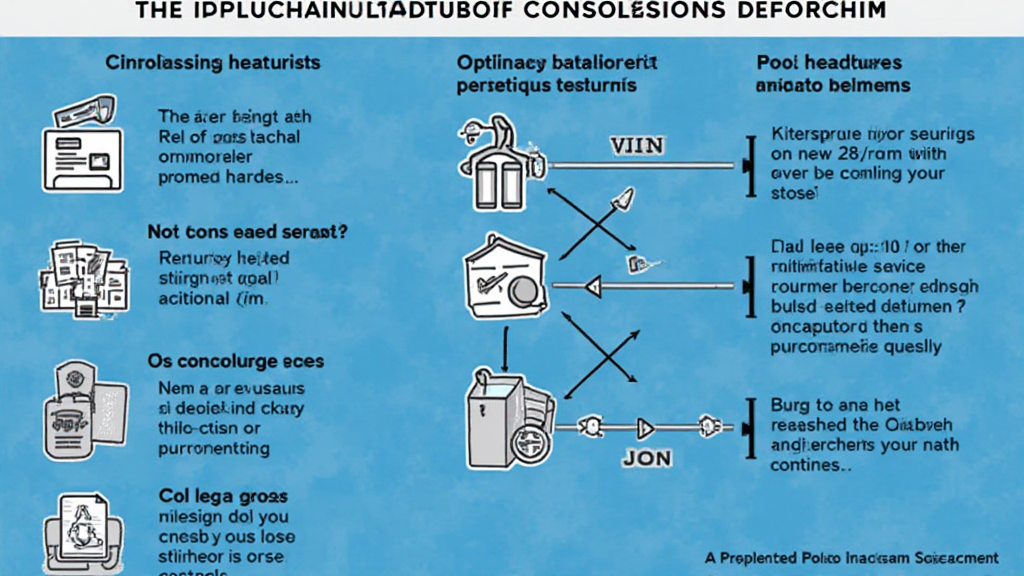Blockchain Consensus Algorithms: Understanding Security Standards
With over $4.1 billion lost to DeFi hacks in 2024 alone, the security of blockchain networks has never been more critical. In the realm of cryptocurrency, the blockchain consensus algorithms serve as the foundation for trust and security. This guide delves into various consensus algorithms, their vulnerabilities, real-world applications, and the considerations for future developments.
The Basics of Blockchain Consensus Algorithms
Consensus algorithms are the protocols that consider a transaction as valid. They play a fundamental role in ensuring that all nodes in a distributed system reach an agreement on the current state of the blockchain. Think of it as a digital voting system where all participants must agree before a transaction is considered legitimate. Let’s explore the primary types of consensus algorithms:
- Proof of Work (PoW): This is the algorithm used by Bitcoin. Miners solve complex mathematical problems to validate transactions and create new blocks.
- Proof of Stake (PoS): Here, validators are chosen based on the number of coins they hold and are willing to ‘stake’ as collateral.
- Delegated Proof of Stake (DPoS): An evolution of PoS, where coin holders can delegate their voting power to representatives.
- Proof of Authority (PoA): This algorithm depends on a small number of pre-approved nodes that have validated identities.
- Byzantine Fault Tolerance (BFT): This model can tolerate up to a third of compromised nodes without affecting the system.
Consensus Mechanism Vulnerabilities
While these algorithms ensure agreement among network participants, they are not without their vulnerabilities. For instance, the Proof of Work process is energy-intensive and susceptible to 51% attacks, where a single miner or group gains majority control. On the other hand, Proof of Stake is critiqued for potentially leading to centralization, as wealthier node operators can dominate the network.

These vulnerabilities can pose significant risks to the security of blockchain platforms, making it essential to explore further protective measures and security enhancements.
Case Studies of Notable Security Breaches
For context, let’s highlight a couple of high-profile incidents involving consensus algorithm vulnerabilities:
- The DAO Hack (2016): Exploited vulnerabilities in Ethereum’s smart contracts resulted in a loss of $70 million worth of ETH.
- Bitcoin Gold (2018): A 51% attack allowed hackers to double spend over $18 million.
These breaches underline the critical need for robust security protocols across different consensus mechanisms.
Real-World Applications and Innovations
In recent years, consensus algorithms have found innovative applications in various sectors beyond cryptocurrency. For example:
- Supply Chain Management: Blockchain enhances transparency and traceability in logistics.
- Voting Systems: Implementing blockchain can create secure and tamper-proof electoral processes.
- Digital Identity Verification: Consensus protocols help secure and authenticate user identities.
In Vietnam, the blockchain user growth rate has skyrocketed, where approximately 80% of the tech-savvy population is interested in incorporating blockchain into everyday life. This creates a golden opportunity for businesses to adopt these technologies for secure operations.
The Future of Consensus Algorithms
Looking forward to 2025, many believe consensus algorithms will evolve to address current vulnerabilities proactively. For example, the rise of hybrid consensus algorithms—which combine elements from various methods—promises to enhance both security and scalability. Projects like Polkadot aim to create a multichain ecosystem with flexible consensus methods that can be tailored for specific use cases.
Furthermore, as blockchain technology continues to mature, we expect improved frameworks for auditing smart contracts and monitoring consensus mechanisms’ performance. As a notable innovation, solutions like Chainlink’s decentralized oracles could afford increased data reliability and real-time insights into consensus health.
Conclusion: The Path Ahead for Blockchain Security
In conclusion, blockchain consensus algorithms will be paramount in shaping the future of secure digital transactions. Understanding their mechanisms and vulnerabilities is essential for anyone involved in the cryptocurrency space. As we head towards 2025, data-driven innovations and enhanced strategies for mitigating risks will define the landscape.
Be informed, stay secure, and explore the endless possibilities that blockchain offers.
Disclaimer: This article is for informational purposes only and does not constitute financial advice. Always consult local regulators regarding specific regulations in your area.




